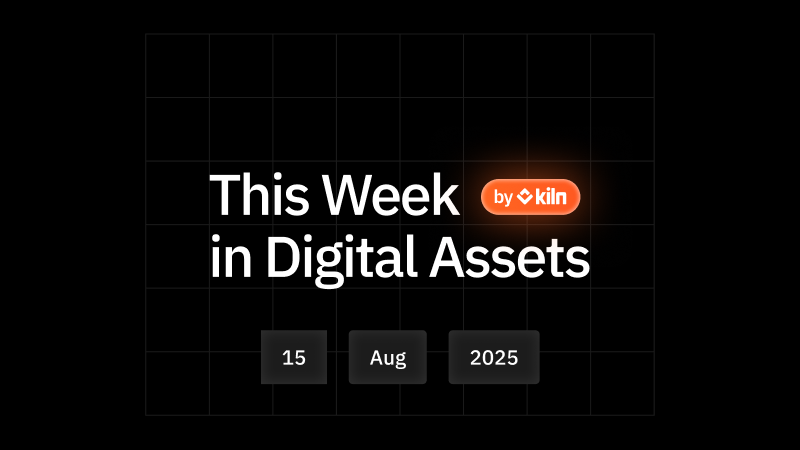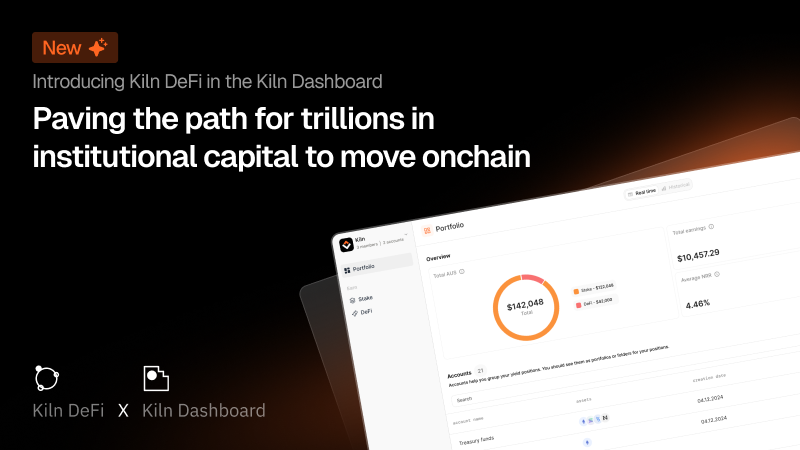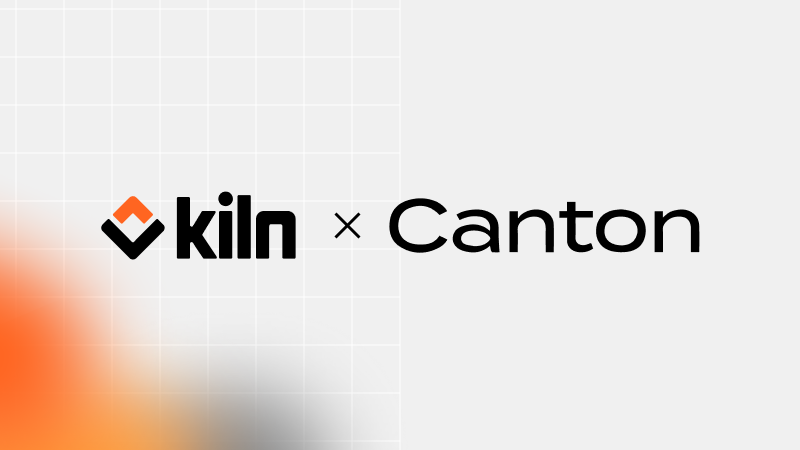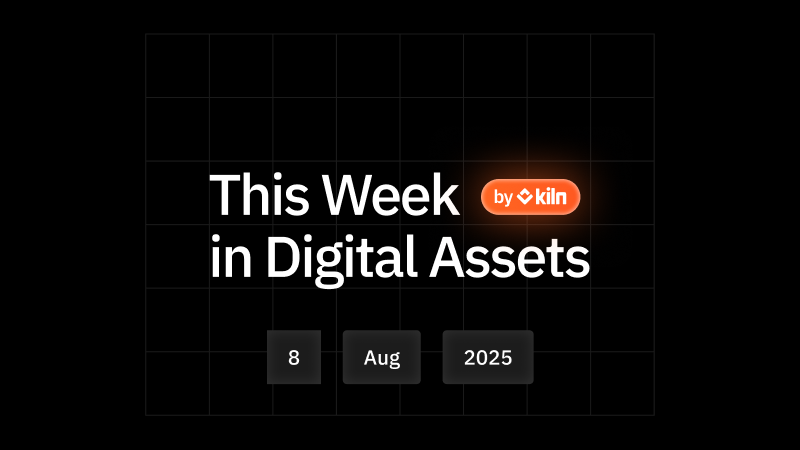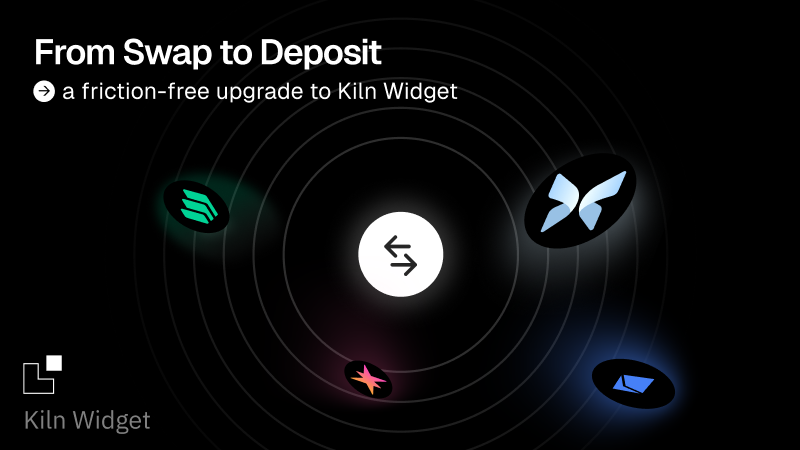Slashing is an essential part of the incentive mechanism and security of the Ethereum protocol.
In this article, we're excited to publish our public model for understanding correlated slashing risk, and share a few takeaways from it.
What is slashing?
Slashing is a protocol penalty when a validator breaks specific protocol rules that can be considered part of an attack.
The specific behaviours are as follows, quoting from the excellent Upgrading Ethereum book from Ben Edgington which we will cite throughout this post:
“1. Related to Casper FFG consensus
- making two differing attestations for the same target checkpoint, or
- making an attestation whose source and target votes "surround" those in another attestation from the same validator.
2. Related to LMD GHOST consensus
- proposing more than one distinct block at the same height, or
- attesting to different head blocks, with the same source and target checkpoints"
What are the slashing penalties?
Initial penalty
When evidence of slashing is confirmed by the network (following a correct 'whistleblower report') an initial penalty is burnt from the offending validator(s). This initial penalty is equal to 1/32 of slashed validator effective balance.
Today each validator's effective balance is equal to 32 ETH, so the initial penalty corresponds to 1 ETH in general.
Leak penalty
A slashed validator continues to receive attestations to sign during 8192 epochs (~36 days) in addition to the exit queue length. In this time period, the validator cannot fulfil its duties so receives attestation penalties.
With ~660.000 active validators as of today, the slashed validator will lose 8800 GWei per epoch. Accumulated during 8192 epochs, it represents ~0.072 ETH.
Correlated penalty
"This second penalty is based on the total amount of stake slashed during the 18 days before and after our validator was slashed. The idea is to scale the punishment so that a one-off event posing little threat to the chain is only lightly punished, while a mass slashing event that might be the result of an attempt to finalise conflicting blocks is punished to the maximum extent possible."
The correlation penalty of a given slashed validator depends on the percentage of slashed validators in a 36-day window surrounding the validator slashing event


How penalties scale based on network-wide events
We saw that the initial penalty is fixed, and the inactivity leak penalties scales with the size of the exit queue but remain relatively low. The key variable penalty is therefore the correlated slashing penalty, which scales with the number of slashed validators in the 36 days surrounding a slashing event:

The model is available here for you to analyse or fork.
To date, the largest slashing event on the Beacon chain was 75 validators from Staked.us (postmortem).
This was below the threshold for correlation penalties to kick in.
Reducing correlated slashing risk
As we saw, the biggest risk factor comes from correlated slashing. To reduce this specific risk, it is essential for the network to have sufficiently diversified set-ups in terms of:
- Infrastructure set-ups
- Validator clients
- Hardware platforms
Reducing slashing risk within a provider
"Better down than slashed”
– Kiln infrastructure team’s motto
In a series commission by the Ethereum foundation, we are sharing more about how we have architected our platform to reduce slashing risk:
- Monitoring Ethereum infrastructure at scale
- Ethereum upgrades at scale
- Ethereum anti-slashing strategies
We also believe DVT will play a key role in reducing slashing risk, and are excited to continue participating in these networks. Stay tuned for future posts on these topics!
About Kiln
Kiln is the leading enterprise-grade staking platform, enabling institutional customers to stake assets, and to whitelabel staking functionality into their offering. Kiln runs validators on all major PoS blockchains, with over $2.2b of stake under management and over 3% of the Ethereum network, running on a multi-cloud, multi-region infrastructure.
Kiln also provides a validator-agnostic suite of products for fully automated deployment of validators, reporting and commission management, enabling custodians, wallets and exchanges to streamline staking operations across providers. Kiln is SOC2 Type 2 certified.
About Kiln
Kiln is the leading staking and digital asset rewards management platform, enabling institutional customers to earn rewards on their digital assets, or to whitelabel earning functionality into their products. Kiln runs validators on all major PoS blockchains, with over $11 billion in crypto assets being programmatically staked and running over 5% of the Ethereum network on a multi-client, multi-cloud, and multi-region infrastructure. Kiln also provides a validator-agnostic suite of products for fully automated deployment of validators and reporting and commission management, enabling custodians, wallets, and exchanges to streamline staking or DeFi operations across providers. Kiln is SOC2 Type 2 certified.










